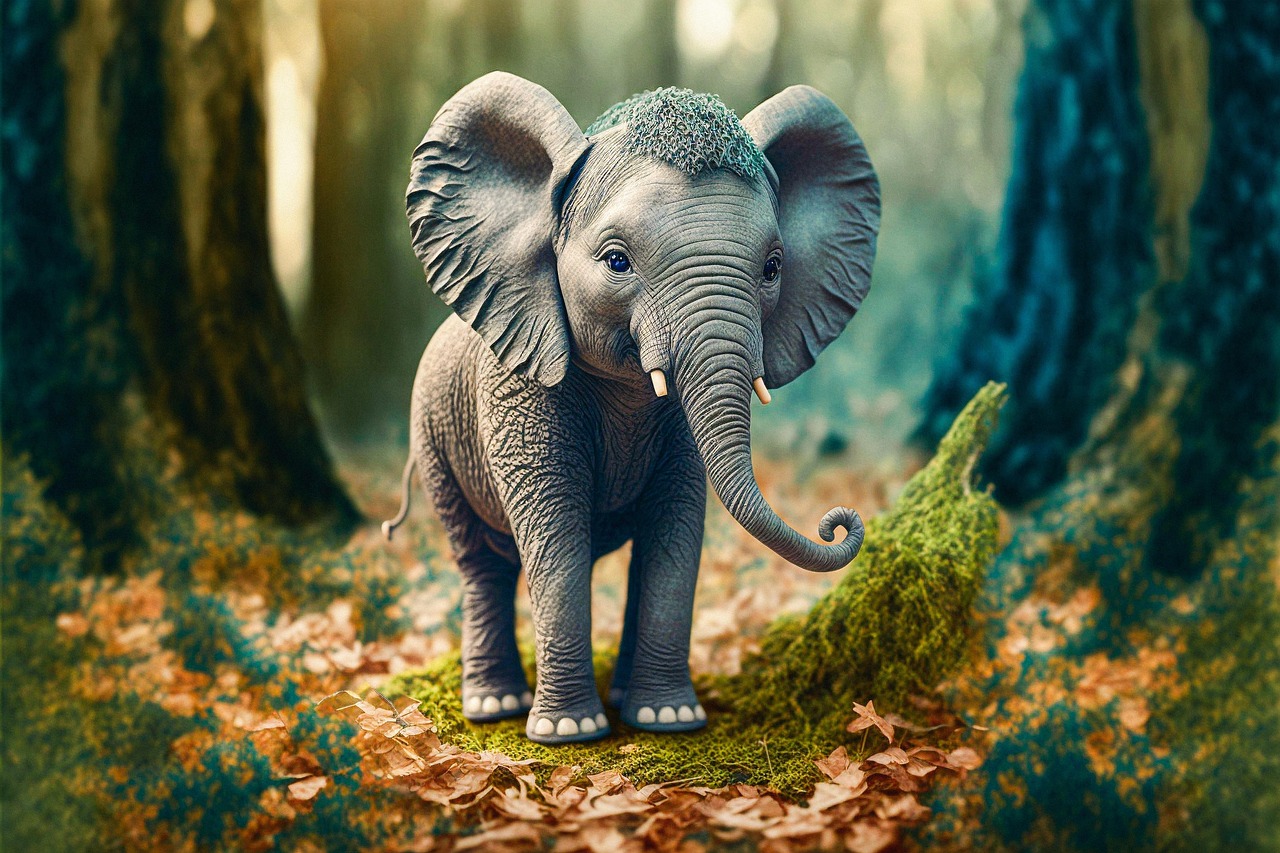The rapid advancement of artificial intelligence has revolutionized creative industries, sparking unprecedented debates about authorship, ownership, and ethics in AI-generated art. As platforms like DALL-E, Midjourney, and Stable Diffusion enable anyone to create stunning visual works through simple text prompts, fundamental questions emerge: Who owns the work when an AI system generates art? Is it the user who crafted the prompt, the developers who built the AI, or does ownership remain undefined in this digital gray area?
These questions extend beyond mere legal technicalities, touching the very core of creative expression and intellectual property rights. According to a comprehensive analysis by the U.S. Copyright Office, traditional copyright frameworks struggle to accommodate AI-generated content, creating a complex landscape where artists, technologists, and legal experts must navigate uncharted territory.
Defining Authorship in the Age of AI
The concept of authorship has remained relatively stable for centuries, rooted in human creativity and intentional expression. Traditional authorship requires a human mind to conceive, develop, and execute creative works. However, AI-generated art challenges this foundation by introducing non-human entities capable of producing original visual content that rivals human-created works.
Legal Criteria for Authorship
United States copyright law maintains strict requirements for human creativity as the cornerstone of authorship. The U.S. Copyright Office has established several key principles:
- Human authorship requirement: Only works created by humans can receive copyright protection
- Originality standard: The work must contain a minimal degree of creativity
- Fixation requirement: The work must be recorded in a tangible medium
- Expression over ideas: Copyright protects the expression of ideas, not the ideas themselves
Current Global Standards
Different jurisdictions approach AI authorship with varying degrees of flexibility, creating a patchwork of international standards:
| Country/Region | AI Authorship Stance | Human Requirement | Notable Policies |
|---|---|---|---|
| United States | No human, no copyright | Strictly required | Complete rejection of AI authorship |
| United Kingdom | Computer-generated works protected | Author is person making arrangements | 50-year protection term |
| China | AI works may qualify | Human involvement considered | Case-by-case evaluation |
| European Union | Under review | Generally required | Proposed opt-in training regulations |
Ownership Claims: Users, Developers or AI Itself?
The ownership landscape for AI-generated art involves multiple stakeholders, each with potentially valid claims to creative works. This complexity creates legal uncertainty and practical challenges for creators, platforms, and users alike.
AI User as Author
Many legal scholars argue that users who craft prompts should be considered the true authors of AI-generated works. The Houston Law Review has notably supported this position, suggesting that users exercise sufficient creative control through prompt engineering, parameter selection, and curation processes. Users invest intellectual effort in:
- Conceptualizing the desired artistic outcome
- Crafting detailed and specific prompts
- Iterating and refining inputs based on outputs
- Selecting and editing final results
Developer or Platform Ownership
AI platforms often claim broad rights over generated content through Terms and Conditions agreements. This approach presents both advantages and drawbacks:
Pros:
- Provides legal clarity for platform operations
- Enables platforms to defend against copyright claims
- Allows for consistent licensing frameworks
Cons:
- May discourage user engagement and creativity
- Creates potential conflicts with user expectations
- Could limit commercial applications for users
AI as Non-Legal Person
Current legal frameworks universally reject the possibility of AI systems holding copyright independently. Artificial intelligence cannot own property because it lacks legal personhood. Key reasons include:
- No legal standing: AI systems cannot enter contracts or hold rights
- Absence of consciousness: Legal personhood requires awareness and intent
- Policy considerations: Granting AI rights could undermine human creativity incentives
- Practical impossibility: AI cannot exercise or defend ownership rights
Ethical and Legal Risks from Training Data

The foundation of AI art generation relies heavily on vast datasets scraped from the internet, often without explicit permission from original creators. This practice raises significant ethical and legal concerns about artist exploitation and copyright infringement.
Copyright Infringement in Training
Several high-profile lawsuits have emerged challenging the unauthorized use of copyrighted works in AI training datasets:
- Getty Images vs. Stability AI: Alleges unauthorized use of millions of copyrighted images
- Artists vs. Stability AI: Class-action lawsuit by visual artists claiming style theft
- Disney vs. Midjourney: Disputes over unauthorized use of proprietary characters
- Shutterstock licensing disputes: Conflicts over stock photo usage rights
- DeviantArt creator complaints: Artist community backlash over unauthorized scraping
Moral Harm and Fairness
Beyond legal violations, the unauthorized use of artistic works creates moral injury to creators whose livelihoods depend on their intellectual property. Ethical concerns include:
- Economic displacement: AI tools potentially reducing demand for human artists
- Cultural appropriation: Unauthorized use of culturally significant artistic styles
- Attribution failures: Artists receiving no credit for their stylistic contributions
- Market devaluation: Flooding markets with AI-generated works inspired by human art
- Creative sovereignty: Undermining artists’ control over their own aesthetic identity
Legal Developments and Ongoing Litigation
The legal landscape surrounding AI-generated art continues evolving rapidly, with courts, legislators, and regulatory bodies struggling to address unprecedented challenges in intellectual property law.
Key Court Rulings
Recent judicial decisions have begun establishing precedents for AI-generated content. In the landmark Matthew Allen case, the U.S. Copyright Office reinforced that AI-generated works cannot receive copyright protection without human authorship. The EU has also begun implementing transparency requirements through the AI Act, mandating disclosure of copyrighted training data.
| Case/Development | Year | Jurisdiction | Key Ruling | Impact |
|---|---|---|---|---|
| Matthew Allen case | 2023 | U.S. | AI-only works cannot receive copyright | Reinforced human authorship requirement |
| EU AI Act provisions | 2024 | European Union | Requires transparency in AI training | Mandates disclosure of copyrighted training data |
| Thaler v. Perlmutter | 2023 | U.S. | AI cannot be listed as inventor/author | Confirmed human-only authorship policy |
Proposed Laws and Regulations
Legislative bodies worldwide are developing new frameworks to address AI-generated content:
- Generative AI Copyright Disclosure Act: U.S. proposal requiring platforms to disclose training data sources
- EU opt-in training regulations: Proposed requirements for explicit consent before using copyrighted works
- Digital Services Act amendments: European legislation addressing AI transparency
- State-level AI disclosure laws: Various U.S. states considering mandatory AI labeling requirements
Attribution, Transparency & Disclosure Standards

Establishing clear standards for attribution and transparency represents a crucial step toward ethical AI art practices. These standards must balance innovation with respect for original creators.
Prompt Disclosure and Credit
Best practices for transparency in AI-generated art include:
- Clear AI disclosure: Prominently labeling works as AI-generated
- Prompt transparency: Sharing the text prompts used to generate images
- Model identification: Specifying which AI system created the work
- Parameter documentation: Recording settings and modifications used
- Human contribution notes: Describing any human editing or curation
Creating Ethical Standards
The AI Art Advisory has proposed a comprehensive framework for attribution and accountability:
- Mandatory AI identification in all generated works
- Training data transparency reports from AI platforms
- Artist compensation mechanisms for training data usage
- Ethical review processes for commercial AI art applications
- Community-driven standards developed with artist input
- Regular auditing procedures to ensure compliance
Best Practices for Artists, Users & Platforms
Developing responsible practices requires collaboration between all stakeholders in the AI art ecosystem. Each party bears specific responsibilities for ensuring ethical outcomes.
Responsible Prompting & Editing
Users can enhance the legitimacy of their AI-generated works through thoughtful engagement:
Pre-Generation Checklist:
- Research and respect artist styles being referenced
- Avoid prompts that directly mimic specific copyrighted works
- Consider the ethical implications of your creative choices
- Document your creative process and intentions
Post-Generation Guidelines:
- Add substantial human editing and refinement
- Combine AI outputs with original human elements
- Properly attribute AI assistance in the final work
Seeking Licenses for Training Data
Platforms and developers should prioritize licensed datasets over scraped content:
- Partner with stock photo companies and rights holders
- Develop opt-in systems for artists to contribute training data
- Offer compensation or revenue-sharing for training contributions
- Create transparent databases of training source material
- Implement filtering systems to exclude copyrighted content
Establishing Platform Policies
AI platforms must develop comprehensive policies addressing ethical concerns:
- Transparent training practices: Full disclosure of data sources and acquisition methods
- User rights frameworks: Clear guidelines on ownership and commercial use
- Artist protection mechanisms: Systems to prevent style mimicry and unauthorized copying
- Content moderation systems: Tools to identify and remove infringing outputs
- Appeals processes: Mechanisms for addressing creator complaints
Future Scenarios: Balancing Innovation and Rights
The future of AI-generated art will likely involve hybrid models that recognize both technological innovation and human creativity rights. These developments may reshape our understanding of authorship and collaboration.
Hybrid Human-AI Collaboration Models
Emerging frameworks suggest new models of shared authorship:
- Co-creation partnerships: Formal recognition of human-AI collaborative works
- Tiered authorship systems: Different rights levels based on human contribution
- Attribution chains: Comprehensive crediting systems including all contributors
- Shared ownership models: Revenue distribution between users, developers, and training data sources
Evolving IP Regimes
Legal systems may adapt to acknowledge human-AI co-creation through:
- Modified copyright terms for AI-assisted works
- New categories of intellectual property protection
- International harmonization of AI authorship standards
- Blockchain-based attribution and tracking systems
- Dynamic licensing frameworks for AI-generated content
Conclusion
The ethics of AI-generated art ownership remains one of the most complex challenges facing the creative industries today. While technology has democratized artistic creation, it has also created unprecedented questions about authorship, ownership, and fair compensation. The path forward requires recognizing the fundamental importance of human creativity while acknowledging AI’s role as a powerful creative tool.
Success in navigating these challenges depends on transparency, licensing compliance, and respect for original creators. As legal frameworks evolve and ethical standards emerge, all stakeholders must commit to proactive stewardship of AI-art ethics. The future of creative expression depends not just on technological advancement, but on our collective commitment to ensuring that innovation serves both creators and society as a whole.
The conversation surrounding AI-generated art ownership will undoubtedly continue evolving, but the principles of human dignity, creative respect, and ethical innovation must remain at its center. Only through thoughtful collaboration between artists, technologists, and policymakers can we build a future where artificial intelligence enhances rather than undermines the value of human creativity.